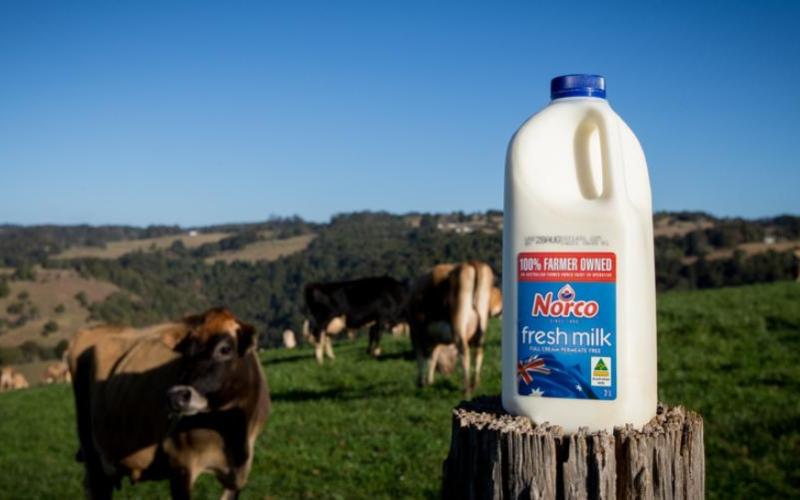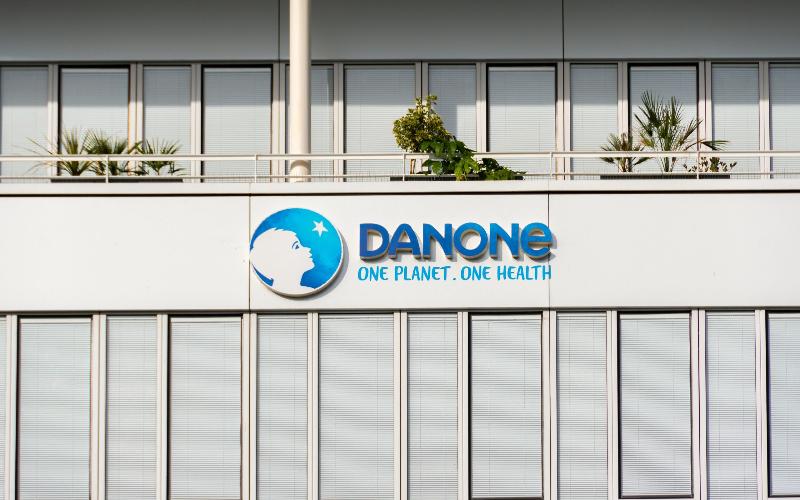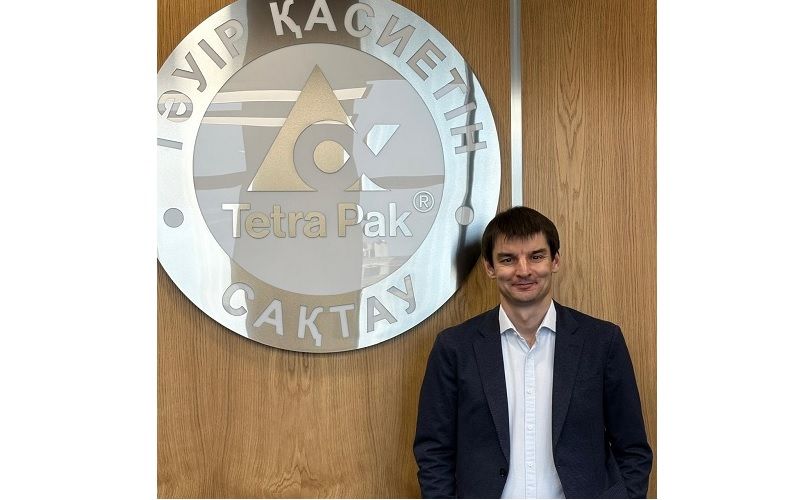Navigating Economic Challenges: A Comprehensive Review of US Milk Costs in 2022 and Projections for 2023 & 2024
Sourse: The DairyNews
In 2022, the US dairy industry witnessed a notable increase in milk production per cow, averaging 25,085 pounds—a 1,355-pound surge compared to 2021.

While this brought positive cash returns, elevated costs, and higher milk prices led to continued negative economic returns for Illinois dairy producers, as reported by the Illinois Farm Business Farm Management Association.
The average net price per 100 pounds of milk in 2022 was $25.36, surpassing feed and cash operating costs of $21.14 but falling short of the total economic costs of $26.49. Although the milk price in 2022 was $6.07 higher than 2021, the net returns per cow remained negative at $213. Over the last ten years, total returns exceeded total economic costs only once, with returns above feed and cash operating costs being a recurring trend.
Examining costs and returns from 2013 to 2022, Figure 1 illustrates a decreasing economic profit margin per cow, dropping from a negative $1,021 in 2021 to negative $213 in 2022. Despite a $3.24 increase in economic returns per 100 pounds produced compared to 2021, the economic landscape for dairy producers remains challenging.

The average net price for milk in 2022, at $25.36 per 100 pounds, represents a 31% increase from 2021. This surge contributed to a $1,523 rise in total returns per cow based on an average production of 25,085 pounds. Despite this positive trend, feed costs reached their highest level ever in 2022, averaging $14.68 per 100 pounds.
Looking ahead to 2023, the USDA's Economic Research Service forecasts a 19% decrease in the average milk price, reaching approximately $20.60 per 100 pounds. Lower milk prices are attributed to similar production levels, reduced exports, and lower cheese and butter prices. However, a decrease in feed costs, driven by lower corn and soybean prices, is anticipated, projecting a more favorable economic landscape.
In 2024, despite lower USDA-projected milk prices, an improvement is expected due to lower feed costs. However, economic costs are still anticipated to remain below total returns. The road ahead presents challenges, and dairy producers must navigate wisely through fluctuating prices and production costs.
Acknowledging the vital contribution of data from farms across Illinois enrolled in the Illinois Farm Business Farm Management (FBFM) Association, this study emphasizes the importance of collaboration for generating comprehensive and accurate information. FBFM, a not-for-profit organization, provides essential on-farm counsel and support to farm operators, contributing to informed decision-making in the dynamic agricultural sector. For further information, contact the State Headquarters at the University of Illinois Department of Agricultural and Consumer Economics or visit the FBFM website at www.fbfm.org.
The average net price per 100 pounds of milk in 2022 was $25.36, surpassing feed and cash operating costs of $21.14 but falling short of the total economic costs of $26.49. Although the milk price in 2022 was $6.07 higher than 2021, the net returns per cow remained negative at $213. Over the last ten years, total returns exceeded total economic costs only once, with returns above feed and cash operating costs being a recurring trend.
Examining costs and returns from 2013 to 2022, Figure 1 illustrates a decreasing economic profit margin per cow, dropping from a negative $1,021 in 2021 to negative $213 in 2022. Despite a $3.24 increase in economic returns per 100 pounds produced compared to 2021, the economic landscape for dairy producers remains challenging.

The average net price for milk in 2022, at $25.36 per 100 pounds, represents a 31% increase from 2021. This surge contributed to a $1,523 rise in total returns per cow based on an average production of 25,085 pounds. Despite this positive trend, feed costs reached their highest level ever in 2022, averaging $14.68 per 100 pounds.
Looking ahead to 2023, the USDA's Economic Research Service forecasts a 19% decrease in the average milk price, reaching approximately $20.60 per 100 pounds. Lower milk prices are attributed to similar production levels, reduced exports, and lower cheese and butter prices. However, a decrease in feed costs, driven by lower corn and soybean prices, is anticipated, projecting a more favorable economic landscape.
In 2024, despite lower USDA-projected milk prices, an improvement is expected due to lower feed costs. However, economic costs are still anticipated to remain below total returns. The road ahead presents challenges, and dairy producers must navigate wisely through fluctuating prices and production costs.
Acknowledging the vital contribution of data from farms across Illinois enrolled in the Illinois Farm Business Farm Management (FBFM) Association, this study emphasizes the importance of collaboration for generating comprehensive and accurate information. FBFM, a not-for-profit organization, provides essential on-farm counsel and support to farm operators, contributing to informed decision-making in the dynamic agricultural sector. For further information, contact the State Headquarters at the University of Illinois Department of Agricultural and Consumer Economics or visit the FBFM website at www.fbfm.org.














